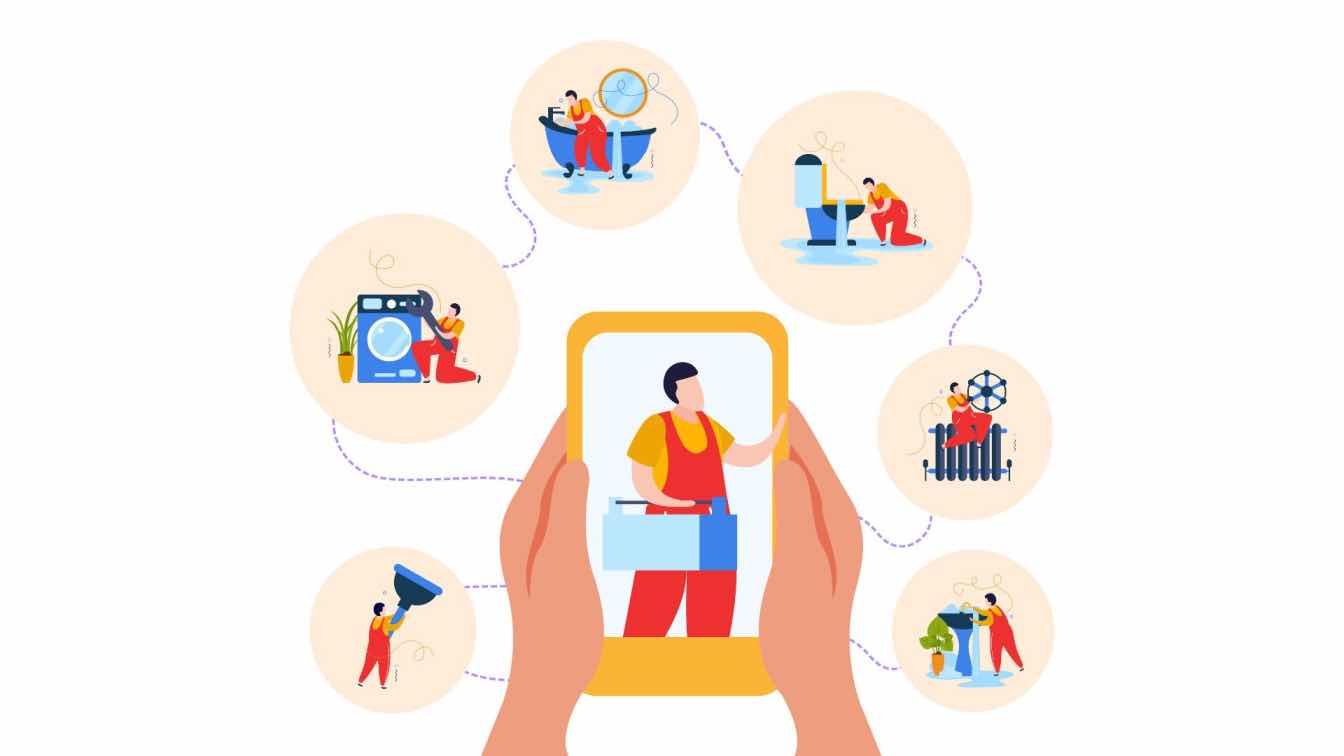Have you not enrolled in classes and fared sitting in a traditional classroom only to feel bored and distant? So, you are never lonely because there is always someone. Dull recognizable classroom arrangements can bring boredom to many kids. Even though routines and classrooms do not change with the help of technology, there is a shift towards creative teaching strategies that lead to the need for remodeling lesson plans and, of course, changes in course settings. Modern classrooms usually use technology to improve student learning. This might include platforms and online research tools like essay services that assist students in gathering data for their texts. Unlike traditional settings which often consisted of a single space with blackboards, the current use of technology brings a noticeable difference in classroom preparations. Days of overhead projectors and chalkboards are passed over, while the list of items like interactive whiteboards, iPads, and other gadgets nowadays is common on board in classrooms. These interactive tools deliver the educational process through student immersion and involvement in classes. This creates an interesting classroom environment.
1. More Collaborative Areas and Adaptable Seating Combinations
Among other modeling modes, the flexibility in the spots where seats can be is another transformation in modern classroom design. Classrooms now feature a lot of diverse setting options that range from bean bags to desks that can be stood in, as the traditional rows of desks for every student are being replaced. The students get to choose seats based on their convenience as these systems are flexible to create a destressing and hyper-concentration ambiance. Sharing spaces with more flexible table stations and extra adjustable seats is the new feature of classroom design. The practice of group work has increased tremendously in classrooms and educators are discovering its significance only if they give children comfortable workplaces. Students could perform joint work, discuss their viewpoints about something, or develop their skills in collaborative zones.
2. Difficulties in Adopting a Student-Centered Approach
Firstly, teachers have to find ways to adapt to the student-focused approach, as it will pose some challenges to them. Some of them are:
Change in Instruction
It sometimes calls for abnormal change in the whole perception and the method of teaching, including new strategies and teaching techniques, which can be terrifying to some. However, these challenges though are still manageable, and you may not worry as much about the available tactics and ideas.
Fear of Becoming Uncontrollable
The reality that one may be stripped of control over a whole class for just a careless second is constantly on the mind of a teacher. Given that student-focused instruction is a personal responsibility for the students and their learning, some teachers may find it hard to accept this training style due to the loss of control. It is now one thing to accept the fact that students also have their own established writing style from the teachers, but the importance of the teacher is still there. They offer content, actively participate, and do something that empowers students to engage and learn.
Personalized Education
Teaching which is varied in the methods of delivery is another possible angle to consider. A personalized model per se might take a substantial amount of time and be complicated compared to traditional techniques of training because it is adjusted to each student’s sign of necessity, route of personal interest, and skill level. Teachers have to manage key skills of differentiated teaching and should be able to form lessons that will attract all the students regardless of their background as the teaching methodology to effectively address this.
3. Think About the Size and Shape of The Classroom
The less amount of space a classroom has, the greater the effect on student behaviors and attention span. Students feel a sense of relief when they are taught in a classroom structure design with high ceilings that induce a peaceful and calm ambiance. However, ample education accommodations need to be made, including sound systems or webcams that allow pupils to see and hear the instructor clearly so they can obtain knowledge. In that regard, classrooms with small sizes and low ceilings, in contrast, allow the sense of oneness to be inculcated and may propel the students to be more participative and work together as a team. However, the main point is to prevent the classroom from being very small as this is likely to provoke feelings of being enclosed in a space and significantly negatively influence students' ability to learn.
4. Designing an Intriguing Learning Environment
The money spent on new furniture is not an obligation for designing a classroom and creating a space that feels cozy and is ready to adjust to the alternation of group project hours and quiet alone time. But if you can afford it – you can, of course. Instead, it can support the development of the 4Cs in the classroom: problem-solving, new ideas generation, connection, and cooperation. Instructors' top picks for inexpensive classroom upgrades are as follows:
- Indiegogo, DonorsChoose, etc., potential websites for a crowdfunding campaign to acquire the adjustable sitting equipment can be utilized.
- Pinterest offers instructors who cannot get the creative design for classroom and its decoration an easy way to boost a classroom's visual appeal.
5. Display in Front of Room
It has been a steady progress of the era, starting with chalkboards, and now we have very advanced devices. For the educational process of the current generation of teachers, there is a need to have a setup in the classroom that can perform different functions depending on each type of lesson. Simply, the impact of classroom design on learning is massive. It motivates the readers as they notice the effortlessly shown web material. From learner to teacher - they are interested in stimulating the student's interactivity and involvement with the discussed topic. They can highlight and add notes on any information, no matter its origin. They might swap digital files as soon as they record the environment sound, note, and context. Bear in mind that with these types of methods, you are giving access to the classroom flipped days, exam preparation, and distant learning situations that require absence from school. Google Classroom integration provides instructors with ready-booked lessons for tomorrow's world.
Conclusion
The modern elementary classroom design is changing, and therefore, the above approaches, like student engagement and transforming the learning environment, are getting better. The instructional environments of the classrooms are becoming more interactive and engaging for the teachers who are adopting technology as well as avant-garde seating arrangements, collaborative space, and inviting surroundings, combined with virtual and augmented reality as the new normal. During the next time, you find yourself as a young student being indifferent or even bored in the classroom, remember to be grateful for the changes in the layout that are created to boost more creativity in the learning.





